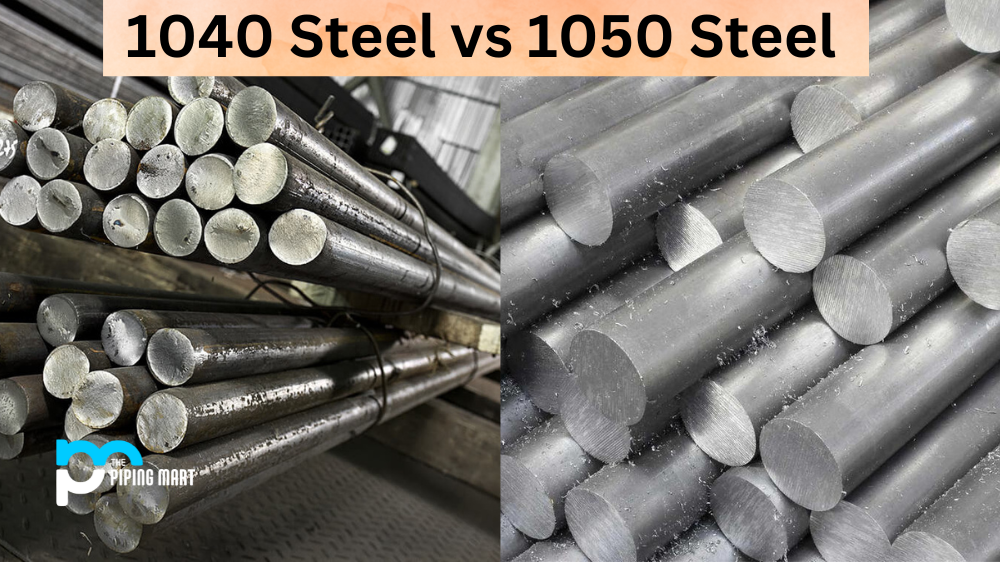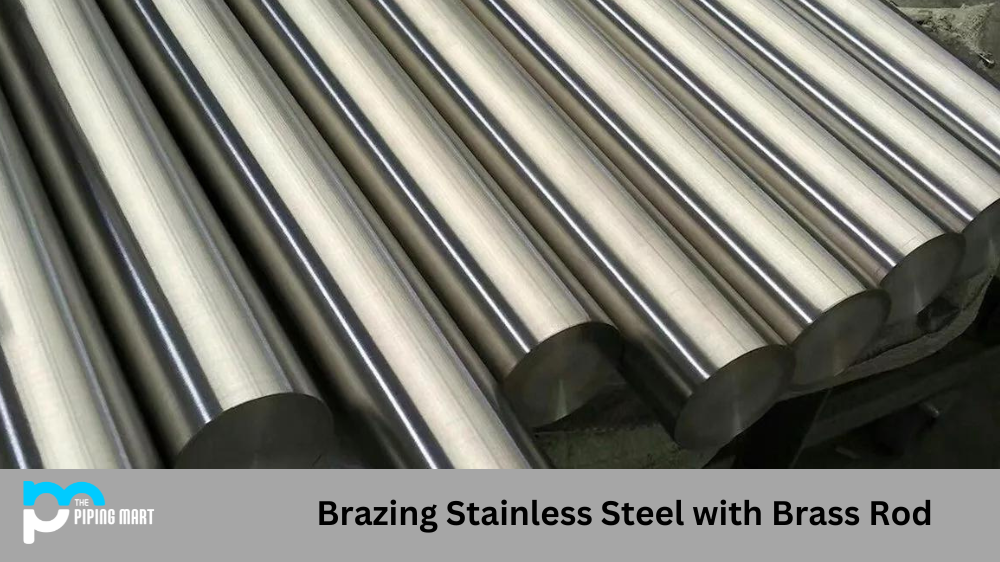When it comes to stainless steel alloys, two of the most popular choices are alloy 20 and super duplex. Both of these alloys offer a host of advantages for different types of applications, but which one is best for your needs? Let’s take a look at how alloy 20 and super duplex compare.
Advantages of Alloy 20
Alloy 20 is austenitic stainless steel that contains nickel, chromium, and molybdenum. It is known for its excellent corrosion resistance in a variety of media, including acids such as sulfuric acid. This makes it ideal for use in chemical processing applications where corrosion resistance is key. Additionally, alloy 20 has good formability and weldability, making it easy to work with when fabricating parts or components.
Advantages of Super Duplex Stainless Steel
Super duplex stainless steel is a combination of both austenitic and ferritic steels that offers superior strength and corrosion resistance compared to other stainless steels. Its high chromium content gives it superior pitting resistance compared to standard 316 or 304 stainless steel alloys, making it ideal for use in highly corrosive environments such as marine or offshore applications. Additionally, the super duplex’s higher strength allows it to be used in applications with higher load requirements than what can be met by standard grades of stainless steel.
Cost Considerations
When considering the cost between alloy 20 and super duplex, there are several factors to consider. Super duplex tended to be more expensive due to its higher chromium content and added strength compared to alloy 20; however, the increased cost may be offset by the fact that thinner gauges can be used due to the higher strength offered by super duplex over alloy 20. Ultimately, the cost difference between the two will depend on the specific application requirements.
Conclusion:
When choosing between alloy 20 or super duplex stainless steel alloys for an application, there are several factors that must be taken into consideration, including corrosion resistance requirements, fabrication capabilities needed, formability/weldability requirements, and overall budget constraints. Alloy 20 offers excellent corrosion resistance while being relatively easy to form/weld; however, if superior strength is needed or if pitting resistance is necessary, then a super duplex may be better suited for your application despite its higher initial cost. Ultimately deciding which material is best suited depends on each individual project’s unique set of requirements.

Pipingmart is a B2B portal that specializes in metal, industrial and piping items. Additionally, we share the latest information and information about materials, products and various types of grades to assist businesses that are involved in this business.




